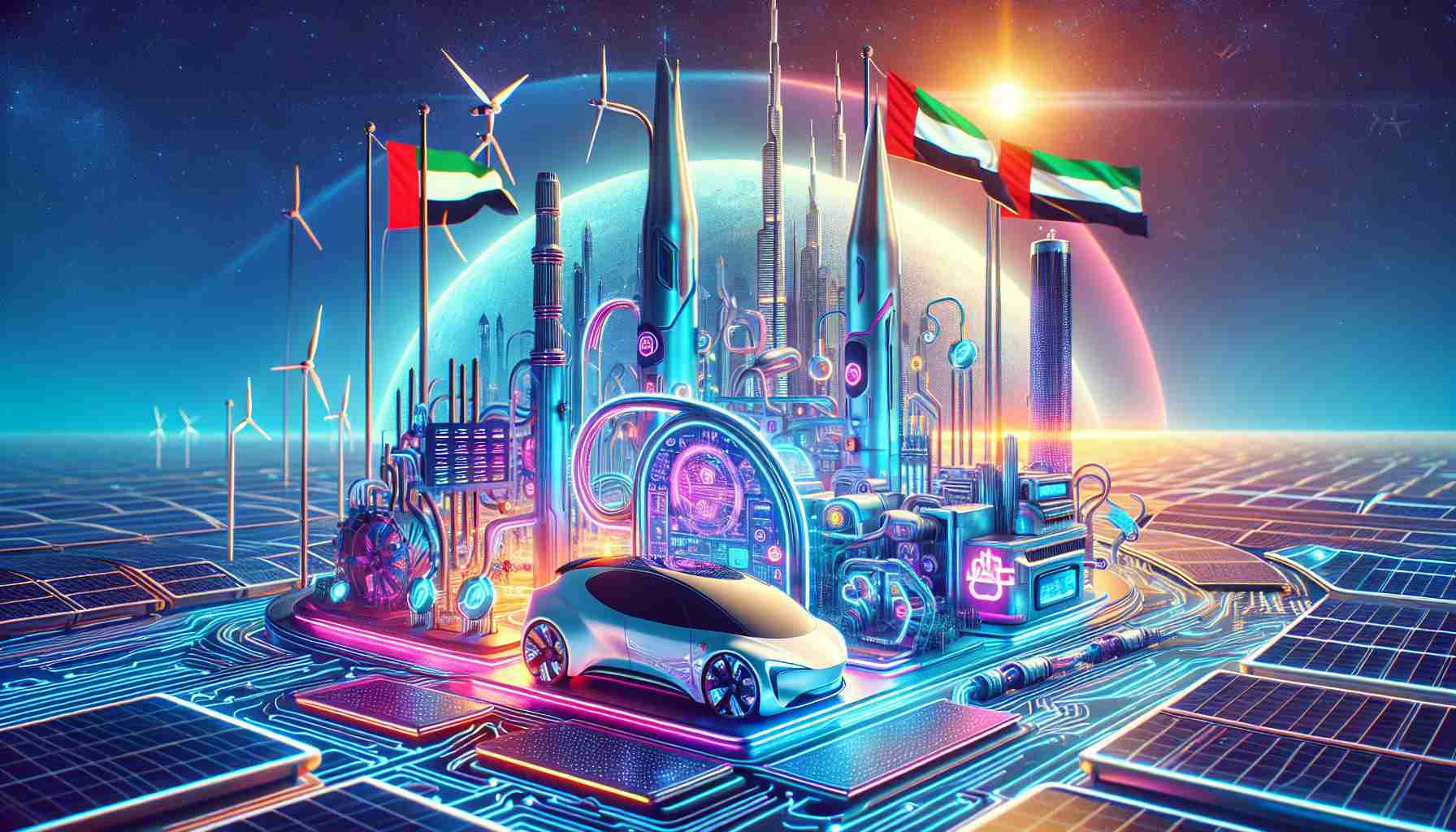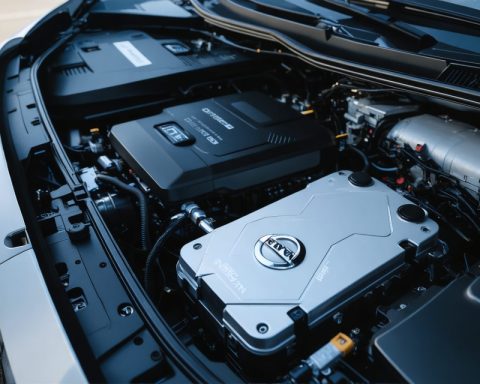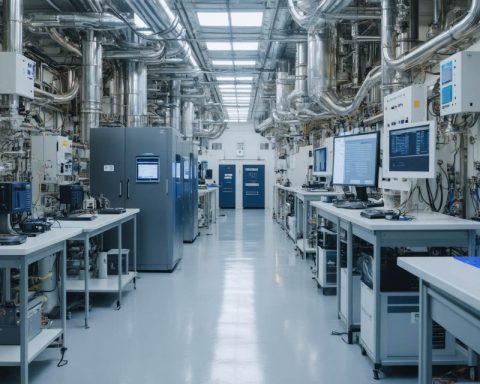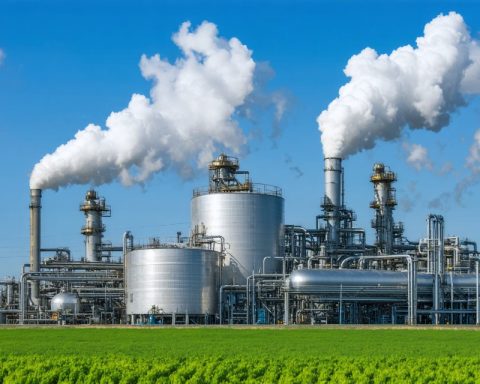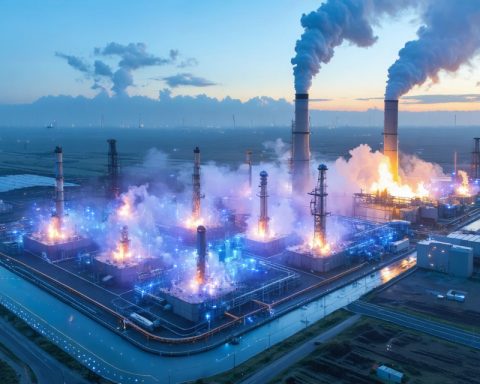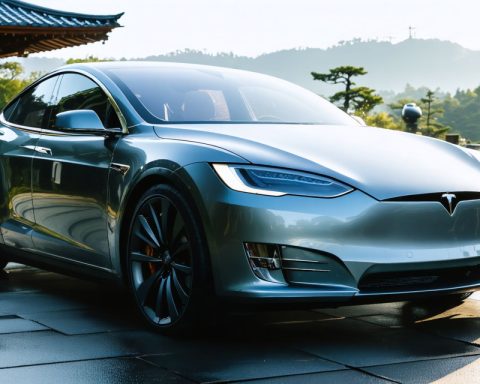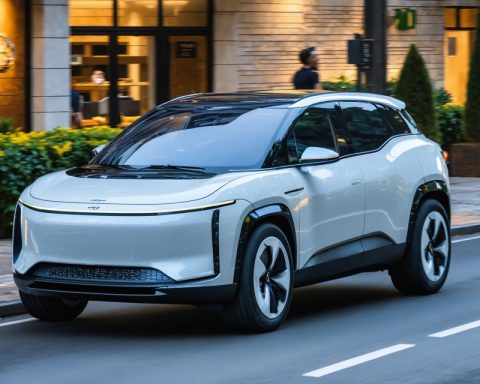The hydrogen landscape is evolving quickly, with various colors denoting production methods: green, black, and white. Among these, the United Arab Emirates (UAE) is honing in on what it calls “low carbon” hydrogen solutions.
Masdar is leading the charge in green hydrogen, planning to produce significant quantities — with half of this output originating in the UAE. This eco-friendly hydrogen is created through electrolysis, a cutting-edge technique that effectively separates water into its basic components: hydrogen and oxygen.
In 2022, the global demand for hydrogen reached around 100 million tons, as reported by the International Energy Agency (IEA). However, the appetite for low-emission hydrogen was considerably lower, sitting at just 1 million tons. The IEA forecasts a substantial increase in this demand, predicting it will surge to 6 million tons per year by 2030.
Experts emphasize the UAE’s unique capabilities in this domain, asserting that the nation is primed to provide economical green hydrogen solutions. Thanks to its impressive track record of delivering some of the lowest electricity costs globally from solar energy, the UAE is well-positioned to support a growing green hydrogen market. As the world shifts toward sustainable energy, the UAE’s investments in hydrogen innovation could play a pivotal role.
Implications of the Hydrogen Economy
The rapid evolution of hydrogen production represents a watershed moment for global energy economies. As nations transition toward renewable energy sources, the emphasis on low-emission hydrogen can significantly reshape societal structures and cultural dynamics. The move to green hydrogen aligns with global environmental objectives, potentially leading to a lower carbon footprint and fostering a stronger commitment to sustainability across industries.
Economically, the shifts in hydrogen production may catalyze new market opportunities and innovations. With the global hydrogen market expected to exceed $200 billion by 2025, countries like the UAE could emerge as pivotal players. Their investments can stimulate growth and enhance job creation in renewable energy sectors, thus fostering a green economic revolution.
Moreover, the environmental implications cannot be overstated. Transitioning to hydrogen, particularly from sustainable methods, could mitigate climate change impacts, as the energy sector accounts for a significant percentage of global emissions. If successful, the UAE’s initiatives could serve as a model for other nations, driving greater investment in renewable technologies and infrastructure, which could contribute to a dramatic reduction in greenhouse gas emissions.
Looking ahead, as hydrogen technology matures, we may witness a shift toward decentralized energy systems, where local hydrogen production can reduce dependence on fossil fuels. This could democratize energy access, promoting resilience in energy supply and creating more sustainable communities worldwide. Overall, the implications of the hydrogen economy are profound, affecting economic, environmental, and social landscapes for generations to come.
Unlocking the Future: The Rise of Green Hydrogen in the UAE
The Hydrogen Landscape: A Quick Overview
The hydrogen economy is rapidly transforming, driven by various production methods identified by different colors: green, black, and white. Among these, green hydrogen stands out, particularly as the United Arab Emirates (UAE) zeroes in on “low carbon” hydrogen solutions aimed at minimizing environmental impact.
UAE’s Commitment to Green Hydrogen
Leading the charge in this arena is Masdar, a forward-thinking renewable energy powerhouse in the UAE. Masdar is poised to produce significant volumes of green hydrogen, with projections indicating that half of this output will be sourced directly from the UAE. This green hydrogen is produced through electrolysis, a technologically advanced method that breaks down water into hydrogen and oxygen, presenting an environmentally friendly alternative to traditional hydrogen production.
Current Trends and Future Predictions
As reported by the International Energy Agency (IEA), global hydrogen demand reached approximately 100 million tons in 2022. However, the demand for low-emission hydrogen was only 1 million tons, a stark contrast underscoring the burgeoning interest in sustainable hydrogen solutions. The IEA anticipates a massive surge in this segment, predicting demand will escalate to 6 million tons per year by 2030. This projection highlights a significant shift towards the adoption of green hydrogen solutions across various industries.
Unique Advantages of the UAE
Experts highlight the UAE’s exceptional capabilities to deliver cost-effective green hydrogen solutions. The country boasts one of the lowest electricity costs globally, primarily due to its extensive investment in solar energy infrastructure. This unique position allows the UAE to not only generate renewable energy efficiently but also translate that advantage into competitive hydrogen production costs. As corporations and governments around the globe prioritize sustainability, the UAE stands ready to meet this demand through innovative hydrogen strategies.
Pros and Cons of Green Hydrogen
Pros:
– Sustainability: Green hydrogen is generated from renewable energy sources, making it a cleaner alternative to fossil fuels.
– Energy Storage: It acts as a powerful energy storage solution, helping to balance energy supply and demand.
– Economic Growth: The development of a green hydrogen economy can diversify the UAE’s economy and create jobs.
Cons:
– Cost of Production: Despite declining costs, producing green hydrogen remains more expensive compared to traditional methods.
– Infrastructure Needs: Significant investments are required to develop the necessary infrastructure for distribution and storage.
– Resource Intensity: Electrolysis requires substantial water resources, which could be a limitation in arid regions.
Innovations and Future Directions
The UAE is actively investing in hydrogen innovations, exploring various technologies to enhance production efficiency and reduce costs. Partnerships with international firms are also being pursued to tap into advanced technology and expertise, facilitating the growth of a robust hydrogen economy.
Market Analysis and Implications
As the global market continues to lean towards cleaner energy sources, the potential for green hydrogen remains vast. The increasing regulatory support for emissions reductions along with private sector investments will drive the growth of hydrogen-based technologies. Countries, including the UAE, that can effectively harness this potential will likely emerge as leaders in the global hydrogen landscape.
Conclusion
The UAE’s strategic focus on green hydrogen production, led by developments from Masdar and supported by its solar energy capabilities, marks a significant step toward a sustainable energy future. With predicted increases in demand for low-emission hydrogen, the region is well-positioned to not only benefit economically but also contribute to global climate goals.
For more details on renewable energy innovations, visit Masdar.
